
October 23, 2025
Discover how Mix Master strengthens your brain just like an instrument - training focus, creativity, and emotional intelligence through the science of sound.
Read more.png)
September 8, 2025
Tools like Suno are now powerful enough to generate melodies, lyrics, and even full songs in seconds. That’s exciting—and controversial. Just ask Timbaland. Recently, he came under fire..
Read more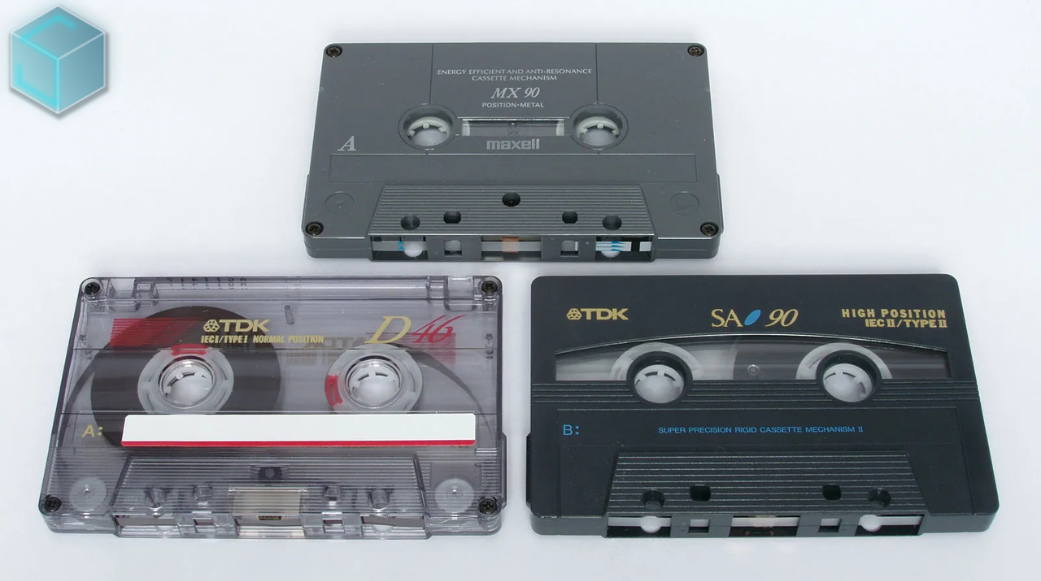
August 23, 2025
The 1980s and 1990s analog music medium known as cassette cassettes is experiencing an unanticipated comeback, with Gen Z spearheading the trend. Taylor Swift, who included cassettes in the release...
Read more
August 23, 2025
This week's most notable headline: Doja Cat's erotically charged, '80s-inspired music video, "Jealous Type," is dominating social media feeds and cultural discourse, marking her most daring...
Read more
August 23, 2025
J-hope and GloRilla's "Killin' It Girl," a spectacular blend of K-pop flare and shameless hip-hop heat that has taken the world by storm, is this week's winner of the Best Collaboration of Summer...
Read more
August 23, 2025
Carly Rae Jepsen is giving fans the ultimate gift for the 10th anniversary of her critically adored album Emotion: a special edition featuring four never-before-heard tracks and two fresh remixes...
Read more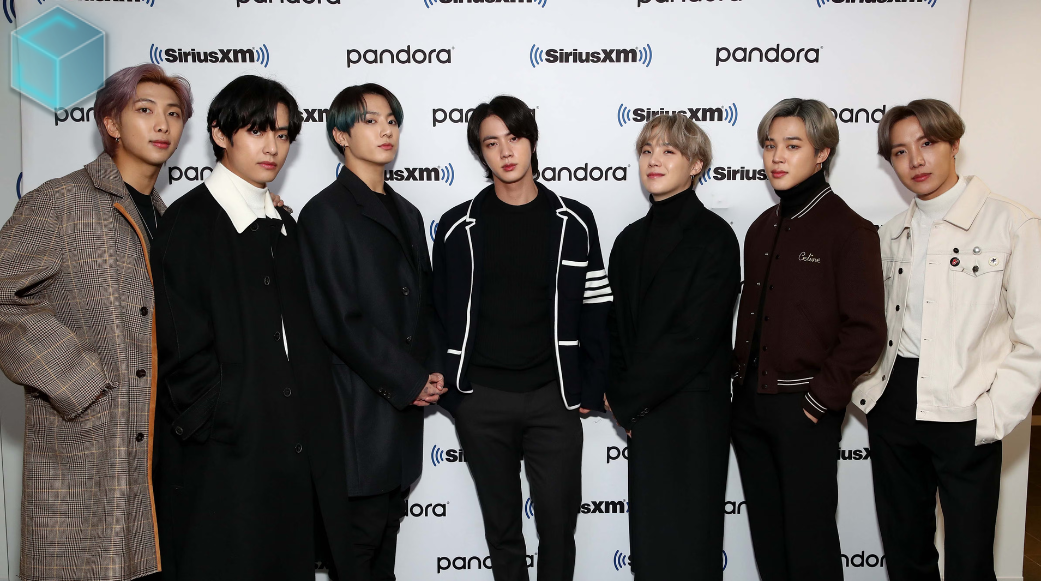
August 23, 2025
The wait is over, ARMY! BTS is officially back together and balancing work and play in their first moments of reunion after completing mandatory military service. J-Hope sent fans into a frenzy...
Read more
August 23, 2025
Christian music stepped outside of its quiet comfort zone in 2025. "Hard Fought Hallelujah," a worship song by Brandon Lake, went platinum, sold out festival stages, and exploded from churches to...
Read more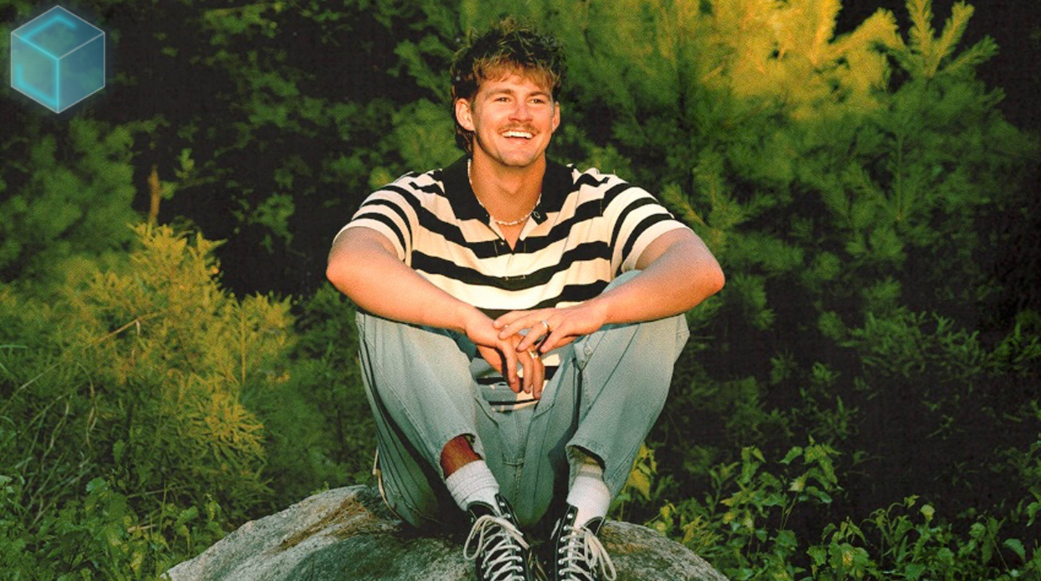
August 23, 2025
In late July 2025, Christian artist Forrest Frank (of Surfaces, now a solo juggernaut in faith-pop) posted from a hospital bed: he’d fractured his L3 and L4 vertebrae in a skateboarding accident...
Read more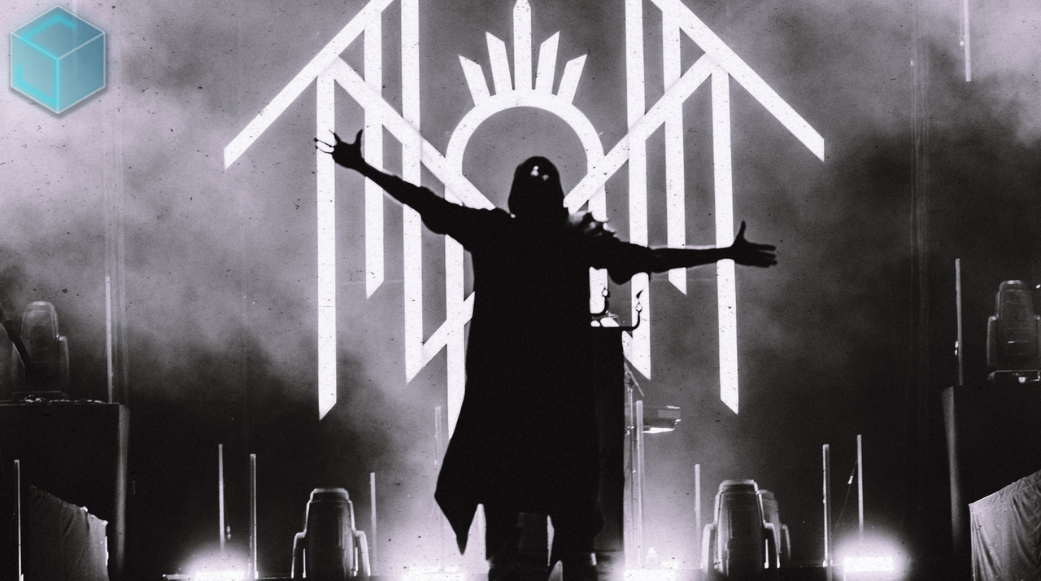
August 21, 2025
On September 16, the masked metal phenomenon Sleep Token will embark on their 2025 "Even In Arcadia Tour" across North America. The 18-show tour, which includes a huge date at Brooklyn's Barclays...
Read more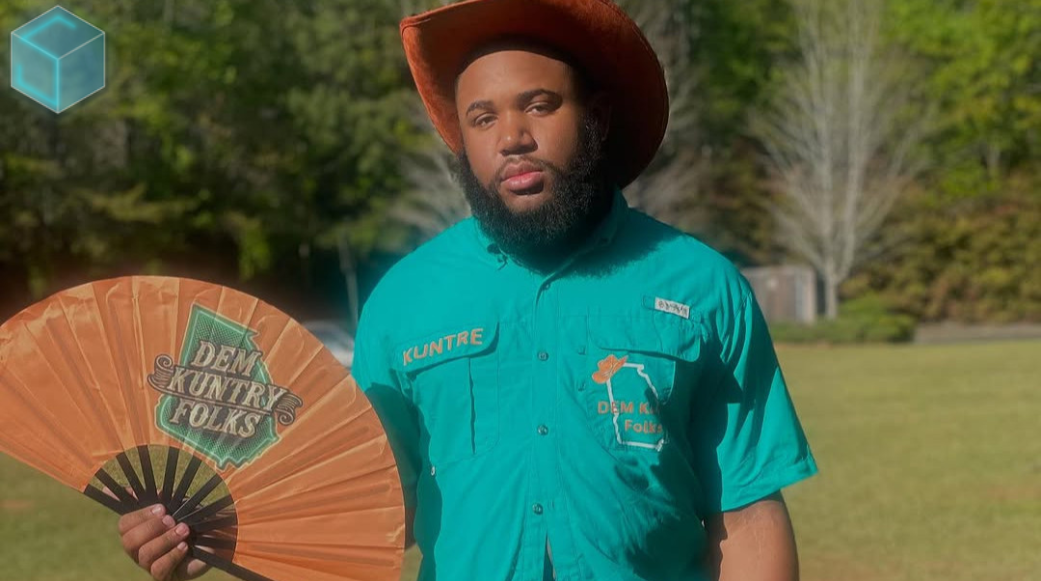
August 21, 2025
Due to a line dance that went viral and won over fans' hearts both inside and outside of the United States, 22-year-old Tre Little's song "Boots on the Ground" has become a cultural sensation this...
Read more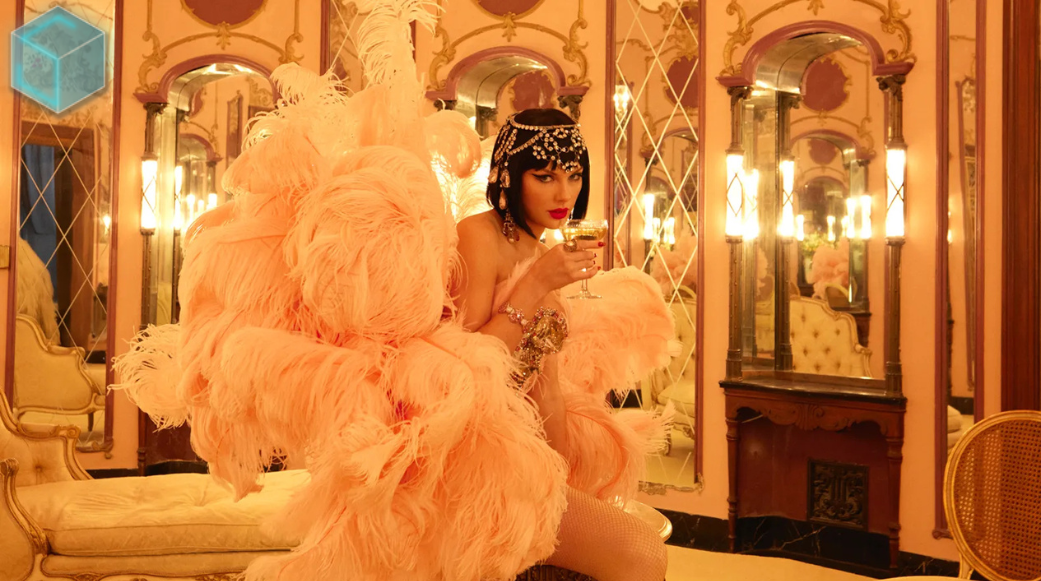
August 21, 2025
In addition to preparing for her next album, The Life of a Showgirl, Taylor Swift is reviving the physical medium this week by putting her songs on cassette tapes. This sentimental action...
Read more
Pop and club music used to be the anthems of good times. From the infectious beats of the late '90s and early 2000s to the party-ready hits that defined the early 2010s, these genres once encapsulated the joy of dancing, the excitement of nightlife, and the simple pleasures of letting loose. However, in recent years, there's been a noticeable shift in the musical landscape, and it's not necessarily for the better.
One of the main issues plaguing modern club music is its repetitiveness. Anyone who has spent time in clubs recently will attest to hearing the same handful of songs on a loop, night after night. What was once a soundtrack to a great night out has turned into an almost torturous experience, with the same tracks being played ad nauseam. Take Justin Bieber's "Sorry" for instance. While it's great that Bieber has matured and evolved as an artist, there's no reason for a song like "Sorry" to be played multiple times in a single night. The same can be said for Kanye West's "Stronger" and "Ni**as In Paris." These tracks, while undoubtedly influential and popular, have been overplayed to the point where their impact is diminished. Hearing them on repeat doesn't evoke excitement anymore; it breeds fatigue.
Another glaring problem is the sheer blandness and generic quality of many hits that dominate club playlists today. Songs that start with an auto-tuned insert of the artist's name act as painful reminders of exactly who you're being forced to listen to, often setting the stage for a forgettable experience. These tracks lack the creativity and originality that once made club music so dynamic and engaging. Instead, they blend into a homogeneous mix of uninspired beats and shallow lyrics.
The infiltration of alternative and indie music into club settings presents a curious case. While some patrons cheer in adulation, recognizing their favorite bands like Arctic Monkeys or The Strokes, others take this as an opportune moment to refill their drinks, waiting for the next mainstream hit. This division only highlights the disconnection between what clubs are playing and what their audiences truly desire. Even attempts to diversify the playlist can backfire, leaving half the crowd disengaged.
It's impossible to ignore the influence of grime and its reception in club environments. Criticizing grime can often make one sound out of touch with youth culture, yet it's hard not to find the scene of football lads screaming the few lines of Skepta's "Shutdown" they know both amusing and somewhat sad. It’s reminiscent of high school parties where everyone belted out "Mr. Brightside" in a circle, each trying to outdo the other in vocal prowess. This nostalgic callback, while fun, underscores the lack of fresh, impactful music in the current club scene.
In essence, the rise of sad music has not only shifted the tone of what we listen to but has also highlighted the deficiencies in pop and club music today. The repetition, generic nature, and disconnect between the music and its audience have turned what was once a vibrant and exciting genre into something that many now view with a mix of boredom and frustration. It’s a reminder that music, much like any other form of art, needs to evolve and stay in tune with the emotions and desires of its listeners to remain relevant and enjoyable.